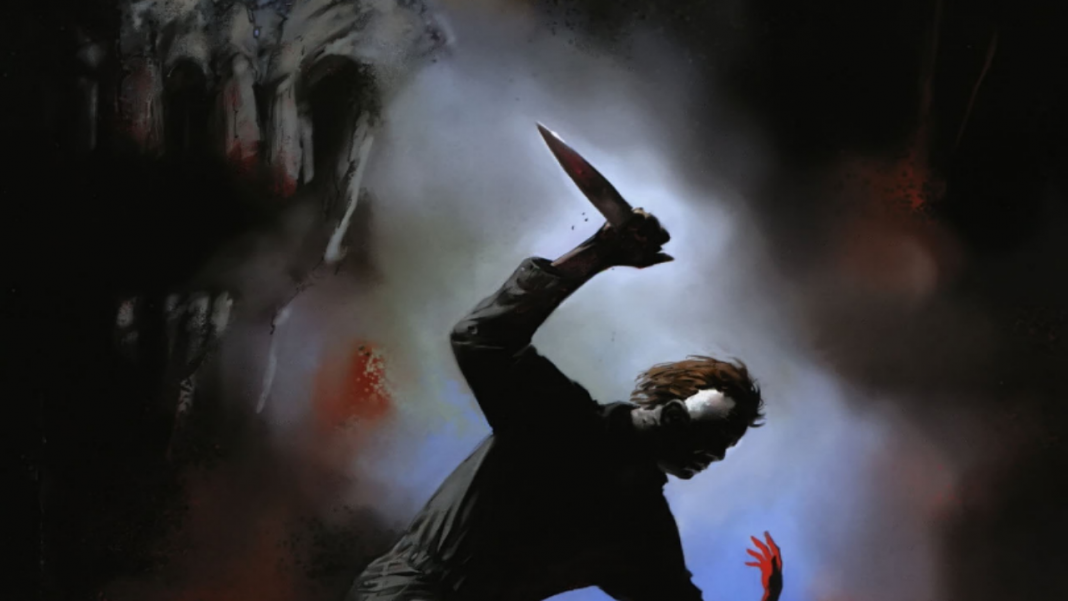Rebooting a franchise can be a tricky thing these days. The new approach seems to be to tell a new story that stands completely on its own but doesn’t necessarily negate what came before. The 2009 reboot of Friday the 13th did this fairly well and I think 2013’s Evil Dead did it most successfully. Curse of Chucky was near-perfect in terms of telling a fresh, back-to-basics story that is knee-deep in continuity at the same time. The Thing was a prequel that gave everyone the same story structure as the original, so that it could act as a precursor and remake at the same time.
It’s no secret that Blumhouse is trying to get a reboot of Halloween off the ground, with original co-writer/director John Carpenter attached to score and produce. They want to try and bring back to the original style and tone of the first film, while telling a new story with new characters that just stand on their own. It’s a difficult balance to maintain, so it makes sense why they would be taking so long to crack the code.
Except that we already have this perfect reboot in the form of Stefan Hutchison and Tim Seeley’s excellent 2008 comic series Halloween: Nightdance. This is literally exactly what they’re talking about when they talk about a new story that goes back to the style and tone of Carpenter’s original feature. Even though it’s a comic book, that’s exactly what Nightdance did.

That’s not the case with Halloween: Nightdance. It’s a far cry from the 2000 comic series that tried to tie Curse of Michael Myers to H20. This barely even feels like a comic book at all. It reads like a script and it looks like a film. If this art were to be translated to the screen as anything close to the way it looks on the page, it would be Nicholas Windig-Refn’s Halloween movie.
Other than Michael Myers—who is much more of a presence here, like the original, than a character himself—the cast of characters is entirely new. But they each represent some Halloween archetype, or line up with a major player of the first film in the series.
Our protagonist Lisa is similar in many ways to Laurie Strode. Like Laurie, she’s quiet and nervous and jumping at shadows. But Laurie was just a generally nervous and frightened person. Lisa, on the other hand, breaks off as her own character by having more reasons for her fear. She’s terrified of the dark and her nykotphobia stems from a traumatic event when she was younger, in which she was locked under ground for several days by an attacker she never really saw.
 Instead of Annie and Lynda, Lisa has her friends Sean and Nikki. Refreshingly, Sean is not a best friend pining for Lisa’s affection. He genuinely cares for her deeply, but only on a level of friendship and nothing more. Nikki, however, is pining hard for Sean. I think the love triangle aspect of it works, as cliché as it might be, because it feels sincere and genuine. It also ultimately winds up being tragic.
Instead of Annie and Lynda, Lisa has her friends Sean and Nikki. Refreshingly, Sean is not a best friend pining for Lisa’s affection. He genuinely cares for her deeply, but only on a level of friendship and nothing more. Nikki, however, is pining hard for Sean. I think the love triangle aspect of it works, as cliché as it might be, because it feels sincere and genuine. It also ultimately winds up being tragic.
Then there’s the character of Ryan, who at first does not seem to have a counterpart in the original. But then his girlfriend is killed by Michael Myers and he becomes devoted to tracking the killer down and stopping him by any means necessary—and that’s when it becomes clear that he is the Dr. Loomis of the piece.
One of the best things about Nightdance is Michael Myers himself. I’ve always said that one of the things that irked me most about Halloween: Resurrection is that it has a great, intelligent, intense portrayal of Michael in a movie that really doesn’t deserve it. But Nightdance does. This is as intense and ferocious as Myers has ever been. He’s a force of nature, but still sticks to the shadows and keeps out of sight for the most part, just like the original.
 Even the death scenes would be perfect for a big screen reboot. They’re sparse and saved mostly for the third act, just like Carpenter’s film. But at the same time, they bring the bloodshed that might be needed to appease our modern sensibilities. People expect carnage from Halloween now, and the comic’s route of giving these horrific deaths at just the right moments would certainly be the smartest way to go.
Even the death scenes would be perfect for a big screen reboot. They’re sparse and saved mostly for the third act, just like Carpenter’s film. But at the same time, they bring the bloodshed that might be needed to appease our modern sensibilities. People expect carnage from Halloween now, and the comic’s route of giving these horrific deaths at just the right moments would certainly be the smartest way to go.
I’m not saying that we need to just adapt Halloween: Nightdance for the big screen. I would love that, but I also understand that it’s not a feasible goal. I would, however, encourage the filmmakers to go back and give this comic a read just to see what it did right. That alone could be a huge help as this film moves forward.




